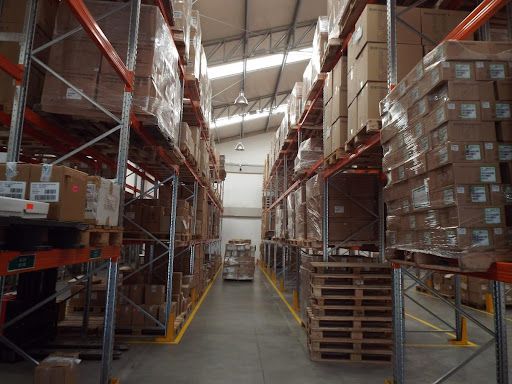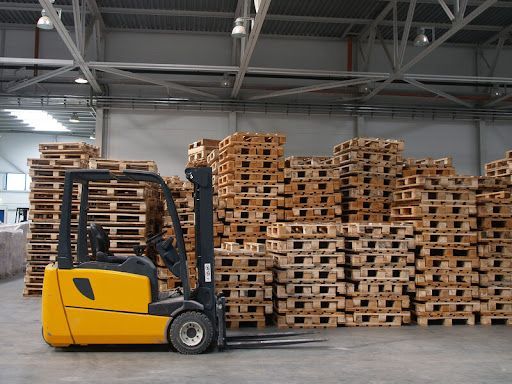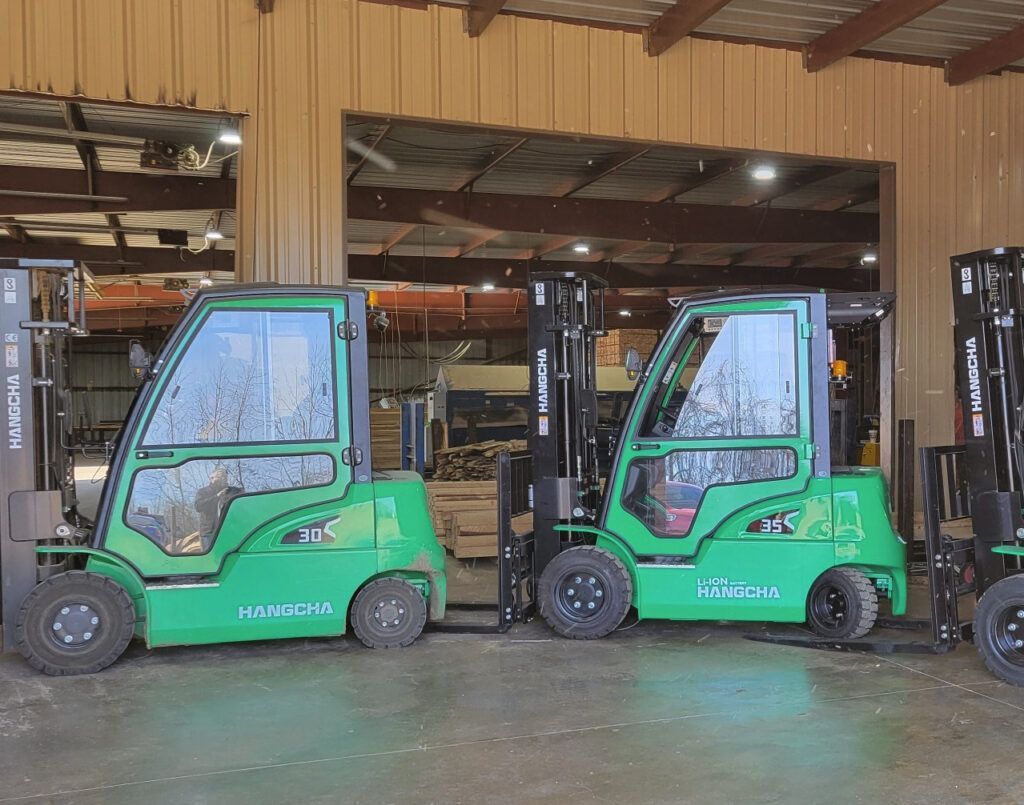Material Handling Industry Trends to Watch for in 2023
The material handling industry is the unsung hero of the supply chain. Some folks may not think of a warehouse or manufacturing center as a place of innovation – but the technology used in the material handling industry is, in fact, innovative and influential. The material handling industry also advances as growth continues in the industrial and construction sectors.
Even with the effects of the COVID-19 pandemic on the business world, the material handling industry continues to rise globally, and the United States market for this industry is projected to reach $156 billion by 2026 . On a smaller scale, this projection means that material handling equipment and systems will continue to advance following technological trends to meet the demand. Let’s examine some of the material handling trends we have already seen in warehouses and will continue to see in 2023.
Robotics and Artificial Intelligence
Robotics in industrial spaces often stirs up the debate of whether robots will replace humans at their jobs. The fact is that robotics have been used in the material handling industry since as early as 1956 when a man named George Devol produced an industrial robot capable of moving materials a short distance. Early robotics in the warehouse were mainly arms that could move material from one place to another.
Now, robots in industrial spaces are more complex. With machine learning and artificial intelligence (AI), robots can either assist humans in tasks they would already complete (augmentation) or complete tasks without human interaction (automation).
A typical example of warehouse robots is robots that conduct inventory cycle counts independently. This task helps inventory accuracy and frees time for your staff to complete other jobs. Some retailers have seen such success with these robots in the warehouse that they have also implemented them into retail spaces – you may have seen robots similar to TagSurveyor in your local Walmart.
Clean Energy and Battery Powered Equipment
Sustainability is still taking the world by storm. Regarding the material handling industry, sustainable choices for equipment often benefit the planet and productivity. Take electric forklifts, for example. Newer models are more energy efficient and used longer, and they tend to be quieter and less distracting to the rest of the warehouse.
Further, these models may also last longer than their dated counterparts. Other material-handling machines like lifts and cranes are seeing similar sustainable advancements. Even switching the lighting in your warehouse to energy-efficient LED lights is a trend that helps save energy costs and usage.

3D Printing in the Supply Chain
Supply chain issues have been affecting many industries recently, and the material handling industry is no exception. Many companies are looking into using 3-D printing to address gaps in the supply chain. If a part is missing or broken, manufacturers can print the item at the factory or warehouse rather than rely on shipping the part in from somewhere else.
3D printing is growing in capability, and now companies may be able to save their designs to a cloud-based application. Then, they can connect the printer to this application and print parts from any location with a 3D printer (assuming they also have the suitable material on hand).
In general, when companies in the material handling industry, manufacturing industry, and other related industries can move more tasks in-house, the supply chain has the chance to move more quickly.
e-Commerce
Like 3D printing, e-commerce is also bridging gaps in the supply chain. With so many online purchases, companies can get through orders or services more quickly than ever before. Regarding the warehouse, this means productivity must match the pace of e-commerce.
Inventory management plays a crucial role in the warehouse matching this pace, which circles back to how robotics and AI are used in the materials handling industry. Those involved in the material handling industry should not look at these trends in isolation but see how they can be interconnected.

Automated Forklifts
A final trend to watch for in the material handling industry in the coming years is automated (driverless) forklifts. Regular forklifts should still be employed and operated for many warehouse tasks by trained workers.
However, for more straightforward, repetitive tasks, using driverless forklifts can help speed up the process and free up workers to handle more complex tasks. Warehouse managers should consider the operations done each day or most frequently and consider if an automated forklift could be implemented.
At Benco Industrial Equipment, we want your warehouse to stay on top of these trends and remain prepared in an ever-changing market. Our team of industry experts can point you in the right direction for the best equipment for your project. If you are looking for other ways to improve your company’s warehouse, we can discuss our options for MacroAir fans, forklifts, and many other products and services. Connect with us today !
The post Material Handling Industry Trends to Watch for in 2023 appeared first on Benco Industrial Equipment.




